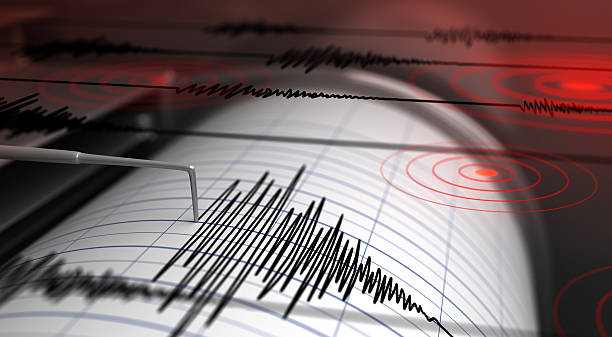Earthquakes are natural disasters that strike without warning, causing massive destruction and often leading to loss of life. Understanding how to protect yourself during an earthquake can make the difference between life and death. One widely debated survival strategy is the Triangle of Life, which suggests that finding safety near sturdy objects creates survivable spaces during building collapses.
What Are Earthquakes?
An earthquake occurs when there is a sudden release of energy in the Earth’s crust, resulting in seismic waves. These waves can cause the ground to shake violently, leading to structural damage and triggering other dangerous events like landslides and tsunamis. Earthquakes are most common in areas located along fault lines, which are fractures in the Earth’s crust where tectonic plates meet.
Countries like Japan, Indonesia, and Chile experience frequent and strong earthquakes because they lie on the “Ring of Fire,” a horseshoe-shaped zone in the Pacific Ocean where many earthquakes and volcanic eruptions occur. Earthquake-prone regions should always be prepared for these natural disasters.
The Triangle of Life: A Controversial Survival Method
The Triangle of Life is a survival technique proposed by Doug Copp, a rescue expert. He argues that during a building collapse, most people who are found alive were located near large objects that created voids or “triangles” where the rubble did not crush them. The theory suggests that rather than following the traditional “drop, cover, and hold on” advice, you should position yourself next to a sturdy object such as a bed, couch, or large desk.
While the Triangle of Life has gained some popularity, it is a controversial topic among disaster experts. Many organizations, including the American Red Cross, emphasize that the safest method during an earthquake is still the “drop, cover, and hold on” approach. They argue that buildings in countries like the United States and Japan are designed to withstand earthquakes, and the collapse scenario that the Triangle of Life theory is based on is less common in modern, well-constructed buildings.
Earthquake Statistics: A Global Overview
Earthquakes happen globally every day, though many are too small to be felt. According to the United States Geological Survey (USGS), approximately 500,000 detectable earthquakes occur annually worldwide, with about 100,000 of those felt by people and 100 causing significant damage.
Here are some eye-opening earthquake statistics:
- The 2011 Tōhoku Earthquake in Japan had a magnitude of 9.1, leading to nearly 16,000 deaths.
- The 2004 Indian Ocean Earthquake triggered a devastating tsunami that killed over 230,000 people across 14 countries.
- Chile experienced the strongest recorded earthquake in history, a magnitude 9.5, in 1960.
- The San Andreas Fault in California is overdue for a major earthquake, often referred to as “The Big One.”
Earthquake Preparedness
Whether or not you subscribe to the Triangle of Life, being prepared for an earthquake is critical. Here are some key steps to ensure safety:
- Create an emergency plan: Know where safe spots in your home or workplace are, such as under sturdy tables or in doorways.
- Have an emergency kit: Stock supplies like water, food, batteries, and first aid equipment to last at least 72 hours.
- Secure heavy objects: Make sure heavy furniture or items are bolted to walls to prevent tipping over during an earthquake.
- Know the evacuation routes: Be aware of the quickest way to exit your building safely.
While earthquakes are a terrifying natural phenomenon, knowing the right survival strategies can save lives. The Triangle of Life may be an option in certain scenarios, but the “drop, cover, and hold on” method remains the widely recommended approach by experts. Keeping yourself informed about earthquake statistics and preparing for emergencies are essential steps to protect yourself and your loved ones.
